
Website Search
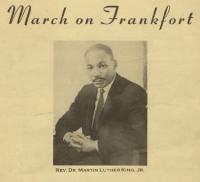
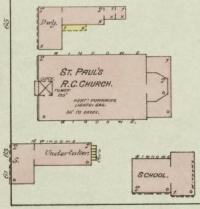
St. Paul the Apostle Roman Catholic Church was formally created in the Covington Diocese in 1868, by Father John Bekkers.
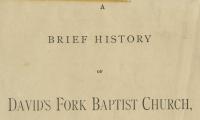
In 1768, Lewis Craig and other members of the Spotsylvania Baptist Church were arrested for preaching without a license issued by the Church of England. Their case was later defended by Patrick Henry.
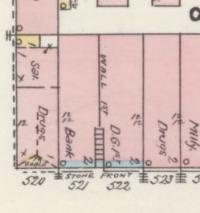
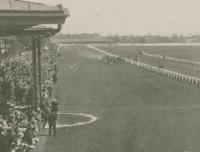
Fayette County's local businesses and organizations contain a wealth of information about local residents.
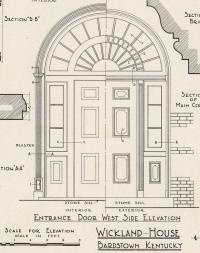
Old Kentucky Architecture is a comprehensive book by Rexford Newcomb that was published in 1940.


The collection contains non-Fayette County school yearbooks and images, dating from 1878-1968.
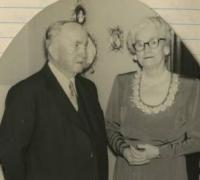
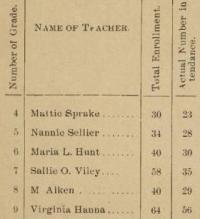
The city reports and ordinances for Lexington contain a wide variety of information about the people, infrastructure, and businesses.
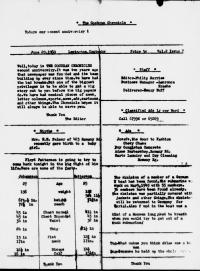
The Cochran Chronicle appears to be a neighborhood leaflet created by two school children, Philip Borries and Laurence Kraehe, living on Cochran Road in the Chevy Chase area of Lexington, KY in 1960.

The Kentucky Gazette was the first paper established west of the Allegheny Mountains, founded by John and Fielding Bradford. The frontier paper focused on East Coast and International news, though some local announcements can be found.
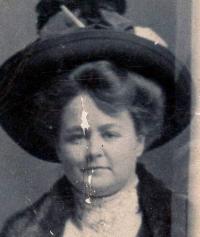
Tina Belle Green Winters Simpler Young (1880-1930), was born in Elmville, Kentucky. Known as Tiny, she was believed to be a sex worker in the 1920s and 30s, and sent $5.00 a week home to support her sister.
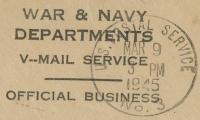
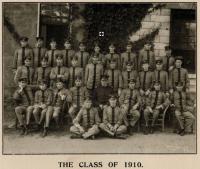
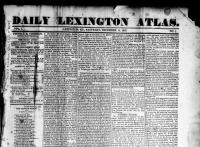
The Daily Lexington Atlas ran from December 11, 1847 through November 20, 1848 and was Lexington’s first daily paper, and the first to publish information from the telegraph lines.

The Reporter was published from March 1808-September 1817, by William W. Worsley. It was a Republican paper (Jeffersonian Democratic Republican - liberal at the time).

The Kentucky Reporter was published from October 1817-April 1832, by William W. Worsley and Thomas Smith. It is the direct continuation of the The Reporter.
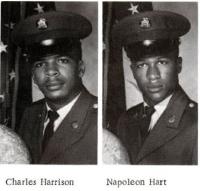
The United States Army Armor School began in 1940 as the Armored Force School and Replacement Center at Fort Knox, Kentucky.

Shaker Village of Pleasant Hill has existed outside of Harrodsburg for over 200 years, and is a popular site to visit today.
The Daily Lexington Atlas ran from late 1847 through early 1849 and was Lexington’s first daily paper, and the first to publish information from the telegraph lines. It is described by William Perrin in his 1882 History of Fayette County Kentucky as a “red-hot Whig and fiery southern” publication. It contains some articles and editorials that are overtly racist, as the editors favored slavery, then emancipation only if the freed African Americans were immediately sent to Liberia. It covers the 1848 presidential election and the local election for Kentucky Governor. Perrin claims the paper had an extensive subscriber list, but had to “give up the ghost after several months disastrous experience” due to the expense of the paper.
This work contains information about French Emigrants to America over the years 1789-1799, and provides a history of the French Revolution. The work was originally in French, and was translated into English by an anonymous translator using the pen name, "A Lady." Published in 1800 in Lexington, KY

Mountain Ballads for Social Singing contains 15 songs selected for the Vesper Hour gatherings at Berea College.
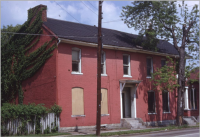
The Dunn Photograph Collection contains images of Lexington, KY taken in the 1960s and 1980s. Keller J.




